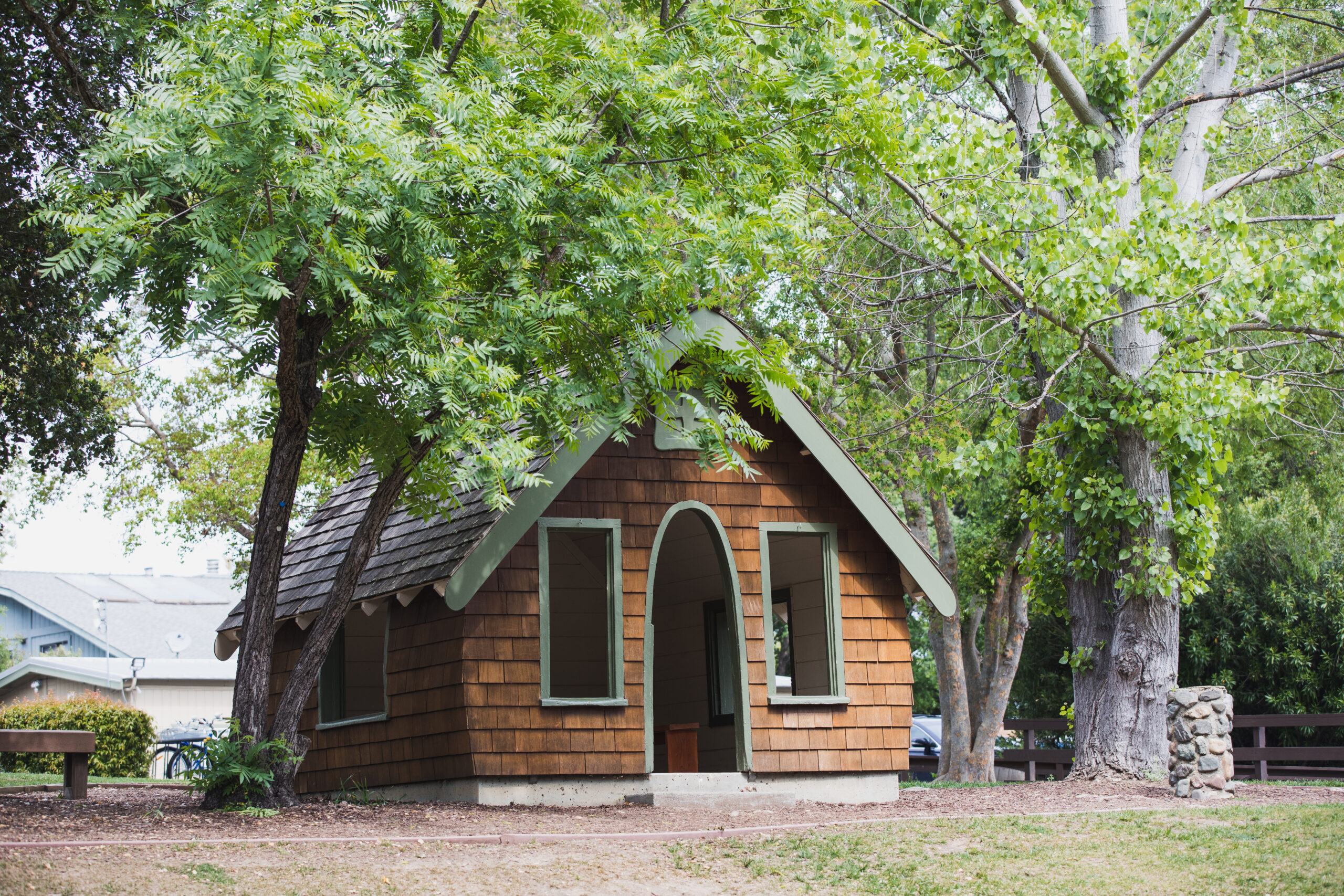One of my personal goals this year has been to say “yes”, more than I say “no”. To be more specific, I have become increasingly conscious of those moments in conversations where I shift from listening mode to responding mode and, how frequently, my knee-jerk reaction is to say “no” or “yes, but” instead of saying “yes” or “yes, and”. It is part of the broader pattern that many of us often fall into when having a conversation, waiting for a pause to insert our own ideas or focusing on why something can’t happen, rather than truly listening to the other person and then building upon their ideas.
I take no credit for this insight. Patricia Ryan Madson, a professor at Stanford University, offers this as the first rule in her charming book Improv Wisdom. I was introduced to Patricia’s ideas last summer after she led one of the sessions in the Center for Teaching Excellence Innovative Leadership Seminar. On the improv stage, Patricia’s concept makes perfect sense. As she explains in her book, improvisation requires you to view everything as an offer. In order for it to work, you must retain an open mind and build a relationship of trust; in other words, you need to explicitly accept that you are in this scene together. Knowing that someone is going to always respond with yes provides that security. Given the level of vulnerability associated with doing improv, a simple rule like always say yes provides a safety net.
So how does it work in the real world?
I first saw the impact of this in meetings with several other administrators who had also participated in the seminar. Following Patricia’s session last summer, we informally challenged ourselves to respond to each other by saying, “yes, and…” instead of “no” or “yes, but.” For example, in the past, if we were discussing calendar dates for the upcoming year and someone said, “Do you think we should consider shortening summer to 6 weeks and start school the first week of August?” the response would likely be, “No, that’s ridiculous. We would never do that.”
Now, however, the response might sound like this: “Yes, AND we should make sure to talk to faculty, parents and students before making that decision.”
The impact is subtle, yet I have found it to be profound. While we are unlikely to make that change, the second answer is additive and builds on the original comment, instead of simply shooting the idea—and, in the process, the person—down. This is more than a simple clever play with words—it is a mindset shift that leaves you more open to possibilities, and more open to collaborating with other people.
Let me quickly add, there are still times where we have to say no. “Can I have another piece of candy, Daddy?” rarely merits a yes. The key, however, is to pay attention to how our initial reaction is often to block someone instead of trying to find a way to work with them.
Today, more than 50 children took to the stage to perform in the Talent Show. The acts varied dramatically from children playing classical music to children singing and dancing to children swinging hula hoops. Each year, I am always struck that what makes this show special is that it is a show for children by children. Each act is met with generous applause, each participant is appreciated for who they are and what they bring to their moment in the spotlight. As I watch the Talent Show, I am inspired to see that as a school community, we are focused on saying yes, on recognizing each offer that is being made. I am reminded yet again that as an adult I sometimes need to relearn those lessons that came so naturally to me as a child.
